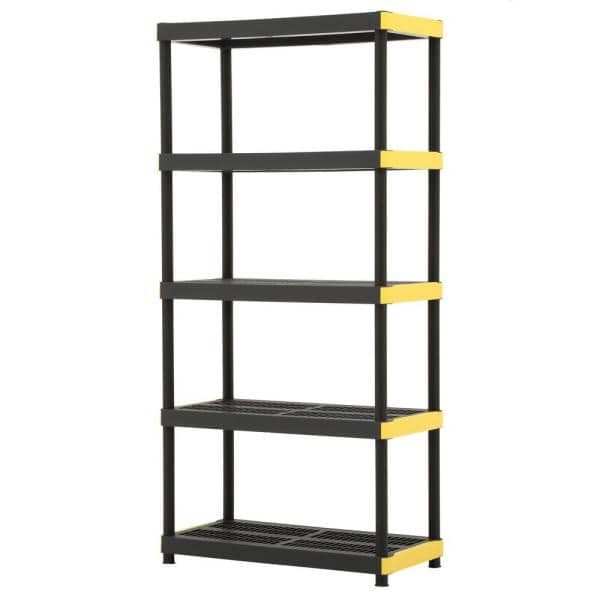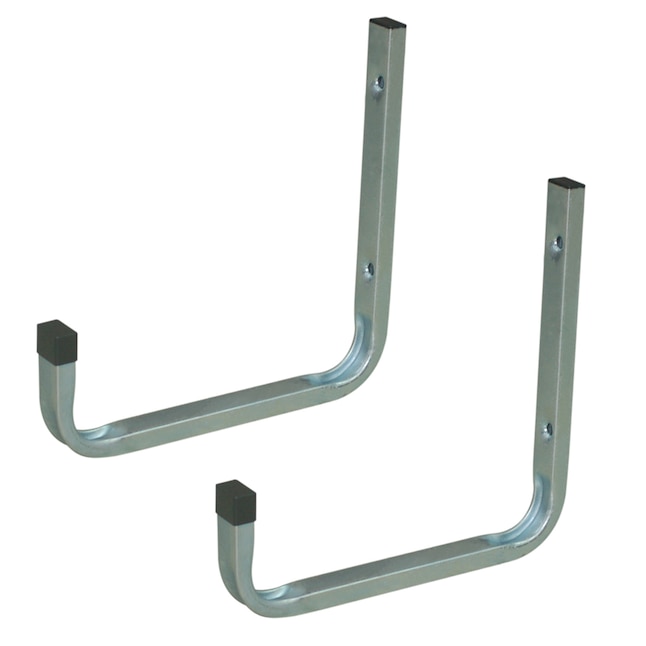
You have many options for adding an accessory dwelling unit (ADU), to your home. Some people choose to convert an existing garage into an ADU, while others may build a new structure from scratch. Whatever the case, there are a number of considerations that need to be made when choosing an ADU plan with garage.
A preexisting garage can often be converted to an ADU. This is the easiest way to add additional rooms to a house. This is a great idea for many reasons. You can save money on construction because the garage shell is already built and ready for you to build on. The second benefit is that you can avoid excavation. It can also be discreetly added density to your neighbourhood.
ADUs can help increase the value of your property, allow you to host aging parents, make extra rental income, and create more space for you. This is a great option for parents with young children looking to move.

Some ADUs attach to the main home, while others are above or attached to it. It all depends on where you live and the size of your lot.
It's a good idea for you to apply for planning permission before adding an ADU to your house. The city can deny your plans, or charge unreasonable fees for utilities and permits if you do not have the approval.
Before you start building, check with your local authority to ensure that there is no ADU requirement. Some neighborhoods have a maximum allowable amount of ADUs and you might need to have your plans reviewed by a professional to ensure that you don't exceed the limit or have your project denied due to lack of proper permits.
Accessory Dwelling Units are a growing real estate trend across the United States and Canada. They can serve as a primary or secondary dwelling on a lot in a shared house. They are becoming more common in urban areas as they are cheaper than single-family detached homes. This makes them a popular choice for families looking for extra space and rental income to support their mortgage.

A wide variety of adu designs with garage are available to meet your needs. You can choose from garage conversions, saltbox ADU plans, or lean to ADUs.
Saltbox ADU has a unique design and references all-American sheds. The Saltbox ADU has a small footprint and is ideal for many situations.
It can be used either as a studio or guest house. It features a kitchen and bathroom along with a bedroom and living area. It can be a wonderful addition to any home especially in urban locations, where it can sometimes be difficult to find housing.
FAQ
How much does it take to completely gut and remodel a kitchen?
You might wonder how much it would be to remodel your home if you have been considering the idea.
The average kitchen remodel costs between $10,000 and $15,000. There are ways to save on your kitchen remodel while still improving the space's look and feel.
Planning ahead is a great way to cut costs. This includes choosing a design style and color palette that fits your lifestyle and budget.
Another way to cut costs is to make sure that you hire an experienced contractor. A skilled tradesman will know exactly what to do with each stage of the construction process. This means that he or she won’t waste time trying out different methods.
It would be best to consider whether you want to replace or keep your existing appliances. Replacing appliances can add thousands of dollars to the total cost of a kitchen remodeling project.
It is possible to choose to buy used appliances, rather than buying new ones. Buying used appliances can help you save money because you won't have to pay for installation.
You can also save money by shopping around when buying materials and fixtures. Many stores offer discounts during special events such as Black Friday and Cyber Monday.
What should you do with your cabinets?
It all depends on whether you are considering renting out your home or selling it. If you're planning to sell, you'll probably want to remove and refinish the cabinets. This gives buyers the illusion that they are brand new, and allows them to envision their kitchens once they move in.
But if your goal is to rent your house you will need to remove the cabinets. Many tenants are unhappy with the mess left behind by former tenants.
The cabinets can be painted to look fresher. Make sure to use high-quality primers and paints. Low-quality paints may crack over time.
What is the cost of remodeling a kitchen or bathroom?
Remodeling a kitchen or bathroom is a costly undertaking. It is worth considering the amount of money you spend on your energy bills each monthly.
It is possible to save thousands every year with a simple upgrade. A few easy changes like adding insulation to ceilings or walls can reduce heating/cooling costs by as much as 30%. Even a small addition can increase comfort and resale values.
Remember to choose durable and easy-to maintain products when you are planning your renovations. Solid wood flooring, porcelain tile, and stainless steel appliances last longer than vinyl and laminate countertops and require less maintenance.
Altering old fixtures can also help reduce utility bills. Low-flow faucets and showerheads can reduce water consumption by as much as 50%. Replacing inefficient lighting with compact fluorescent bulbs can cut electricity consumption by up to 75 percent.
What are the top expenses associated with remodeling a Kitchen?
A few key costs should be considered when planning a kitchen remodeling project. These include demolition, design fees, permits, materials, contractors, etc. These costs seem small when you look at them individually. These costs quickly multiply when they are added up.
Demolition is most likely the most expensive. This includes the removal of old cabinets, countertops, flooring, and appliances. Next, you will need to remove insulation and drywall. Finally, replace the items.
You will need to hire an architect for plans. You will need permits to ensure your project meets the building codes. Next, you will need to hire someone to actually build the project.
Once the job is complete, you will need to pay the contractor. You could spend anywhere from $20,000 to $50,000, depending on how large the job is. You should get estimates from multiple contractors before you hire one.
Plan ahead to cut down on some of these costs. You may be able get better material deals or to skip some of the work. Knowing what is required will allow you to save both time and money.
For example, many people try to install their cabinets. They believe this will save money, as they won’t have to hire professional installers. It is often more expensive to have professional installation services. A professional will usually finish a job in half as much time as you would.
Unfinished materials can also be a way to save money. It is important to wait until all pieces have been assembled before buying pre-finished materials, such as cabinets. You can begin using unfinished materials right away if they are purchased. You can always make a change if things don't go as you planned.
Sometimes it is not worth the hassle. Plan is the best way to save on home improvements.
How do I know if my house is in need of a renovation?
First, you should look at whether your home has been updated recently. You might want to renovate if you haven’t had any home updates in several years. If your home appears brand-new, you might consider a renovation.
You should also check the condition of your home. A renovation may be necessary if your home has holes in its drywall, cracked wallpaper, or missing tiles. However, if your home looks great, then maybe it's time to consider a remodel.
You should also consider the overall condition of your house. Does it have a sound structure? Do the rooms look clean? Are the floors in good condition? These are crucial questions when deciding on the type of renovation to do.
How much would it be to renovate a house vs. what it would cost you to build one from scratch?
A home gutting involves the removal of all interior items, including walls, floors ceilings, plumbing and electrical wiring, fixtures, appliances, and fixtures. Gutting is done when you want to make some modifications before moving in. Due to so many factors involved in the process of gutting a property, it can be very costly. Depending on your job, the average cost to gut a home can run from $10,000 to $20,000.
A builder builds a home by building a house frame-by-frame, then adds doors, windows, doors and cabinets to the walls. This is usually done after buying a lot of lands. Building a home usually costs less than gutting and can cost between $15,000 and $30,000.
It all depends on what you plan to do with your space. You'll need to spend more if you plan to gut your home. It doesn't matter if you want a home built. You can build it the way you want it instead of waiting for someone else to come in and tear everything up.
Statistics
- 57%Low-end average cost: $26,214Additional home value: $18,927Return on investment: (rocketmortgage.com)
- 55%Universal average cost: $38,813Additional home value: $22,475Return on investment: 58%Mid-range average cost: $24,424Additional home value: $14,671Return on investment: (rocketmortgage.com)
- Attic or basement 10 – 15% (rocketmortgage.com)
- About 33 percent of people report renovating their primary bedroom to increase livability and overall function. (rocketmortgage.com)
- bathroom5%Siding3 – 5%Windows3 – 4%Patio or backyard2 – (rocketmortgage.com)
External Links
How To
A building permit is required for home remodeling.
Make sure your renovations are done correctly. Any construction that involves changes to the exterior walls of your home requires a building permit. This covers adding on, remodeling, or replacing windows.
If you decide to renovate your home, but without a permit from the building department, there may be severe consequences. If anyone is injured during the process of renovation, you could face fines or even criminal action.
This is because many states require everyone who plans to build a residential structure to get a permit before they begin work. Many cities and counties also require homeowners who are interested in building a home to apply for one before they can begin construction.
Local government agencies, like city halls, county courtshouses, or town halls, usually issue building permits. They can be obtained online, or by phone.
It is best to have a building permit. This permits you to make sure that your project complies both with local safety standards and fire codes.
A building inspector, for example, will check that the structure meets all current building code requirements. This includes proper ventilation, fire suppression, electrical wiring, plumbing and heating.
Inspectors will also make sure that the deck's planks are strong enough for the weight of whatever is put on them. Inspectors will look out for water damage, cracks and other issues that could affect the structure's stability.
Contractors are allowed to begin the renovations after the building permit has been granted. However, if the contractor fails to obtain the necessary permits, he or she could be fined or even arrested.